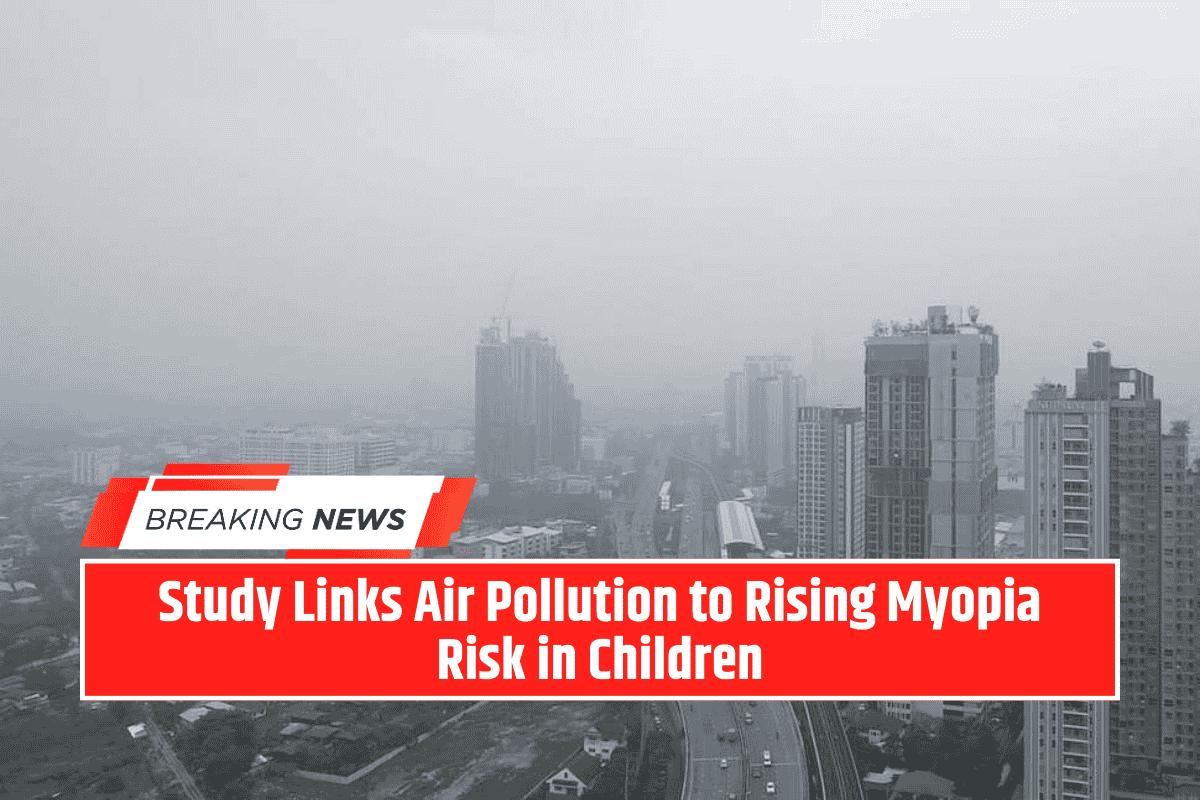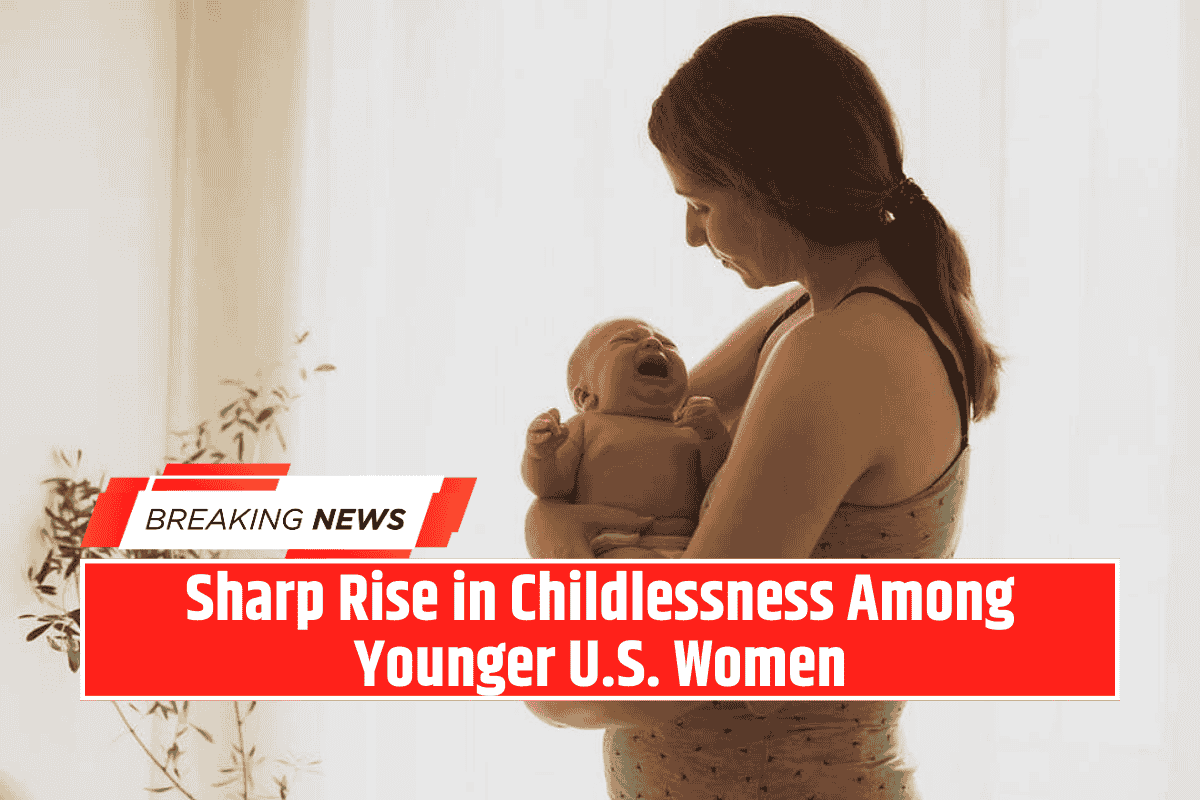Air pollution is already known to contribute to heart disease, strokes, and respiratory illness, but new research suggests it may also damage children’s vision.
A large study of nearly 30,000 schoolchildren in Tianjin, China, found that kids exposed to higher levels of fine particulate matter (PM2.5) and nitrogen dioxide (NO2) were more likely to develop myopia, or nearsightedness.
“Myopia causes distant objects to appear blurry while close ones remain clear,” explained co-author Zongbo Shi, a professor of atmospheric biogeochemistry at the University of Birmingham. “If their exposure to air pollution is high, the risk to become shortsighted is higher.”
The findings were published Sept. 23 in PNAS Nexus.
Genetics, Lifestyle, and Environment All Play a Role
The research team combined genetic, lifestyle, and environmental data with the help of machine-learning models. While genetics proved to be the strongest predictor of vision problems, air quality emerged as an important additional factor.
Children living in areas with cleaner air had significantly better vision. Simulated “clean air” scenarios suggested that primary school students could see nearly double the improvement in vision compared with older kids.
Lifestyle factors also mattered. Poor sleep and extended screen time further raised the risk of vision impairment.
“There are factors that you cannot change,” Shi said. “But you can change habits. You can reduce air pollution so that would improve eyesight.”
Skepticism and Caution From Experts
Not all experts are ready to embrace the findings without caution. Previous research has shown that spending more time outdoors helps reduce myopia risk, yet in this study, outdoor activity appeared to play only a minor role.
“I worry about this unconventional approach giving us an unconventional answer,” said Dr. Donald Mutti, an optometry professor at Ohio State University, who was not involved in the research.
Broader Evidence Is Building
Despite skepticism, this study adds to a growing body of research connecting pollution with eye problems. Other studies suggest that poor air quality can worsen eye inflammation and speed up the progression of myopia in children.
Researchers say the message is clear: improving air quality could bring wide-ranging benefits.
“Improving air quality will not only benefit or reduce disease burden, but it can also improve eye health,” Shi noted. “Reducing exposure is the key.”









